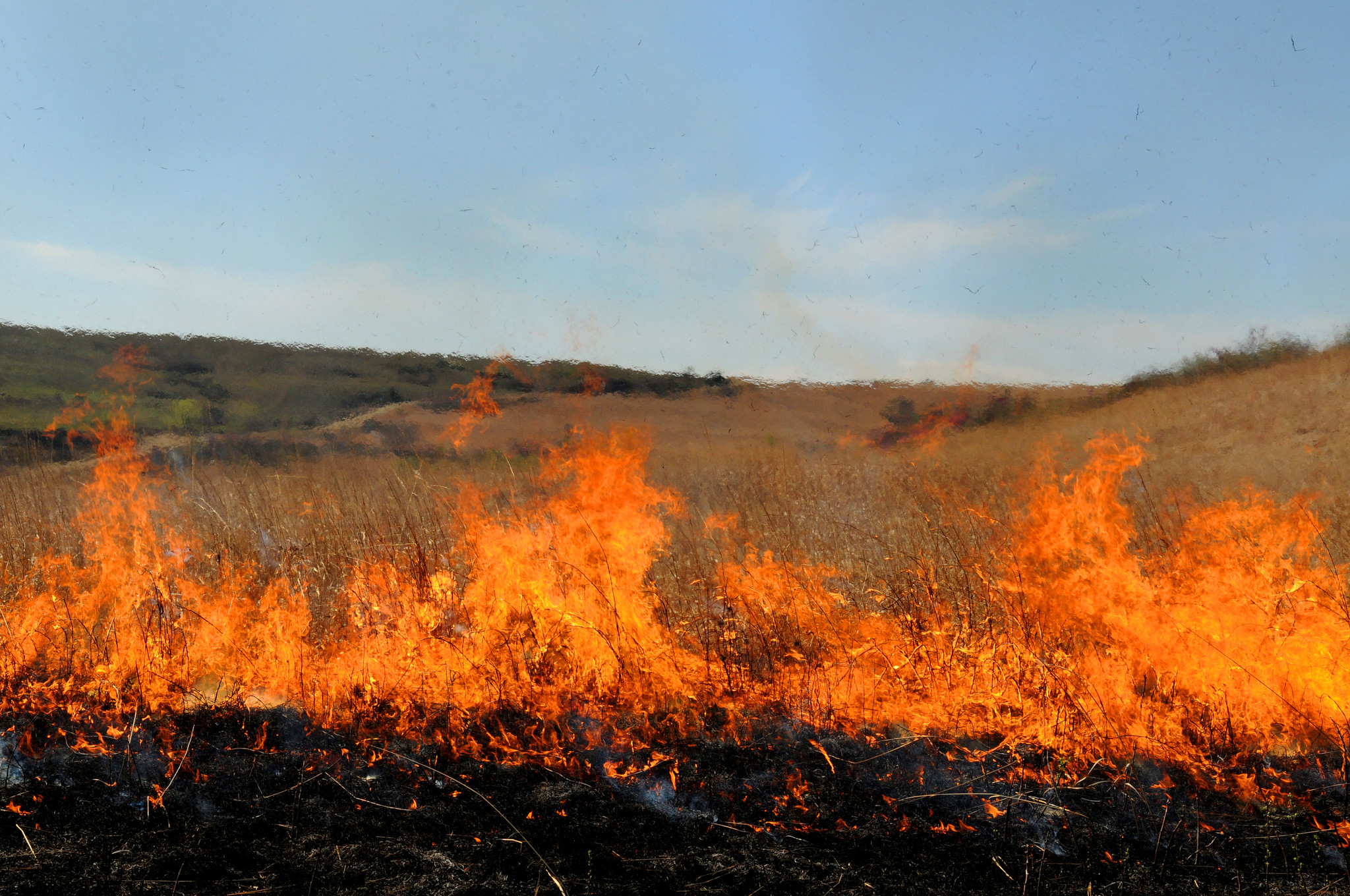Prescribed fire season starts in Flint Hills

The Kansas Department of Health and Environment reminds Kansans that March and April are when large areas of the state’s rangelands are burned, especially within the Flint Hills.
Prescribed fire is a tool used by landowners and managers to help preserve the tallgrass prairie ecosystem, control invasive species, reduce woody encroachment from species such as Eastern Red Cedar, and provide better forage for cattle. Prescribed burning also reduces the risk of wildfires and is effective in managing rangeland resources. Smoke from the burns can influence the air quality of downwind areas. The use of smoke management techniques is vital to reduce the air quality and health impacts.
KDHE will activate the Kansas smoke modeling tool in early March, prior to widespread burning in the Flint Hills. The computer models use fire data and current weather conditions to predict the potential contribution of smoke and air quality impacts to downwind areas. There are approximately 2.2 million acres burned on average in the Flint Hills of Kansas and Oklahoma each year.
“We are entering the 15th year that we have been able to provide this important tool for the prescribed fire community,” KDHE Bureau of Air Director Douglas Watson said. “We continue to encourage ranchers and land managers to utilize smoke modeling resources, such as the smoke modeling tool to mitigate potential air quality impacts.”
Prescribed burns release large amounts of particulate matter and other pollutants that can form ground-level ozone. Particulate matter and ozone can cause health problems, even in healthy individuals. Common health problems include: burning eyes, runny nose, coughing, and illnesses such as bronchitis.
People with respiratory conditions, cardiovascular diseases, children and elderly are more vulnerable to experience symptoms.
Steps to protect your health on days when smoke is present in your community include:
- Healthy people limiting or avoiding strenuous outdoor activities
- Vulnerable people should remain inside
- Keep indoor air clean by closing doors and windows and running air conditioners with air fresheners
- Stay hydrated by drinking lots of water
- Contact your doctor if you have symptoms such as chest pain, chest tightness, shortness of breath or severe nausea
For more information about the prescribed burning in the Flint Hills, the Flint Hills Smoke Management Plan, April burn restrictions, and the smoke modeling tool, visit https://www.ksfire.org/?utm_medium=email&utm_source=govdelivery.



